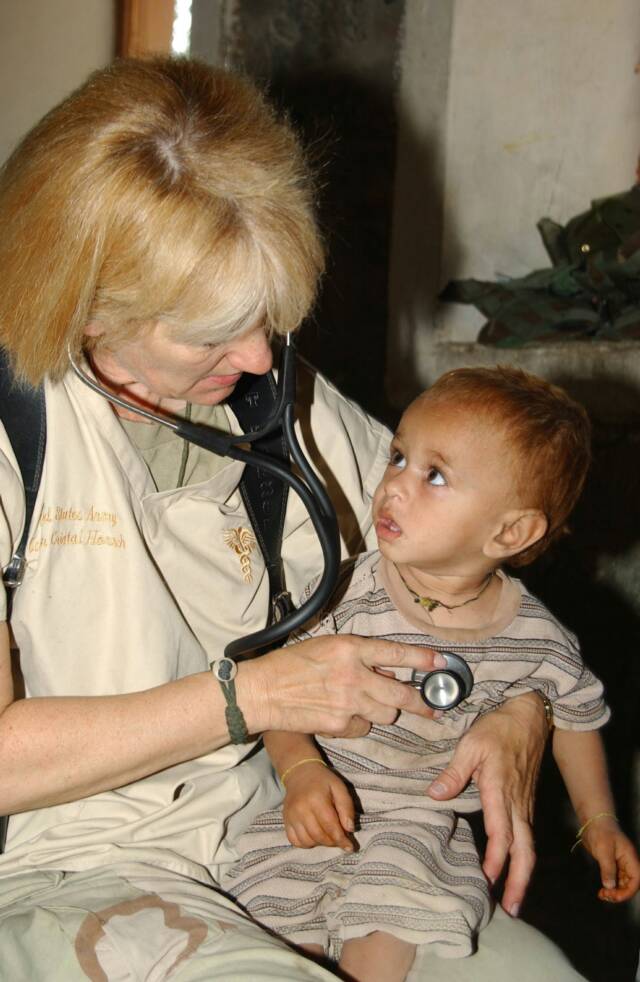Helping News June, 2009 Issue 11
CCG concerned about performance of health care insurance, first the facts-
Health Care Quality
Facts On The Quality Of Health Care
Introduction
The United States spends the most money on medical care of all advanced industrialized countries, but it performs more poorly than most on many measures of health care quality. There are widespread problems with the quality of much of America's health care. Eliminating variations in the delivery of evidence-based care across the health care system could save up to 88,000 lives each year. Billions of dollars in lost productivity and in hospital costs could be averted through more consistent delivery of evidence-based best practices in medical services and administrative practices. Although nearly $2.4 trillion a year is spent on medical care, many people are receiving more care than they need, many are receiving less than they need, and many are receiving the wrong kind of care. In addition, preventable and harmful errors are occurring frequently. Millions of Americans are injured and tens of thousands die unnecessarily each year because of medical errors. Moreover, these problems are not recognized or addressed adequately by the government or those who deliver care.
The type of medical services a patient receives often depends on whether the patient has health insurance . The second most significant factor is where the patient is treated. And quality does not consist of consumers being able to see the provider of their choice, or when and where they want to see them. Quality is receiving the right care, in the right setting, at the right time.
SIGNIFICANT HEALTH CARE QUALITY
PROBLEMS PERSIST
One economic study modeled the out-of-pocket burden that
families face under existing mental health coverage using
different mental health expense scenarios (Zuvekas et al. ).
For a family with mental health treatment expenses of
$35,000 a year, the average out-of-pocket burden is
$12,000; for those with $60,000 in mental health expenses a year, the burden averages $27,000. This is in stark contrast to the out-of-pocket expense of only $1,500 and $1,800, respectively, that a family would pay for medical/surgical treatment.
The U.S. is 33 percent worse than the best country on mortality from conditions amenable to health care – that is, deaths that could have been prevented with timely and effective care.
The infant mortality rate in the U.S. is 7.0 deaths per 1,000 live births, compared with 2.7 in the top three countries.
Recent studies show that only a little more one-half (54.9 percent) of adult patients receive recommended care. The level of performance is similar whether it is for chronic, acute, or preventive care and across all spectrums of medical care -- screening, diagnosis, treatment, and follow-up.
Underuse of care is sometimes a greater problem than overuse. Patients do not receive recommended care (as prescribed in national medical specialty guidelines) about 46 percent of the time. Another 11 percent of patients receive care that is not recommended and potentially harmful, according to practice guidelines.
The 30 percent of sick Americans report that their doctor did not review or discuss all of the medications they had taken in the last two years.
Quality of care varies considerably by medical condition. People with cataracts receive about 79 percent of recommended care. Patients with alcohol dependence receive only about 11 percent of recommended care.
People with diabetes receive only 45 percent of the care they need. Fewer than half of patients with diabetes have their blood sugar levels measured on a regular basis.
Nearly one-third (32 percent) of patients with coronary artery disease receive recommended care, and less than one-half (45 percent) of patients who suffer a heart attack receive medications that could reduce their risk of death by more than 20 percent.
Evidence-based medical care indicates that when a patient has a heart attack, the likelihood of that person’s dying from a second heart attack can be reduced by over 40 percent through the use of beta blockers. Over 40 percent of patients do not receive this treatment -- the noncompliance rate puts 450,000 Americans at substantially higher risk every day.
Less than two-fifths (39 percent) of patients with pneumonia receive recommended care. Only 65 percent of older adults are vaccinated against pneumonia. Nearly 10,000 deaths from pneumonia could be prevented each year through regular vaccinations.
Patients with colorectal cancer receive only one-half (54 percent) of recommended care. Less than two-fifths of adults are screened for colorectal cancer. According to studies, nearly 10,000 deaths could be prevented each year through routine screening and follow-up care.
Patients with hypertension receive less than two-thirds of recommended care. Poor control of high blood pressure results in nearly 70,000 preventable deaths each year.
Twenty-two percent of sick adults in America were sent for duplicate tests by different health care professionals between 2003 and 2004.
Despite recent gains, more than 100 million insured Americans do not enjoy the improved care that results from the use of quality measures and reporting.
Resources: Mental Health: a report of the Surgeon General- Chapter 6; The National Coalition on Health Care,1120 G Street, NW, Suite 810 Washington, DC 20005
More information coming...


